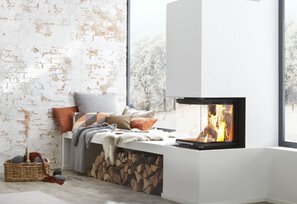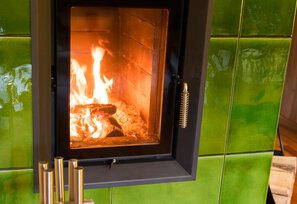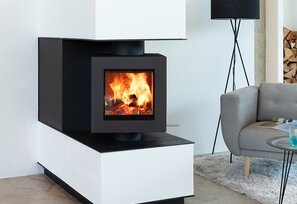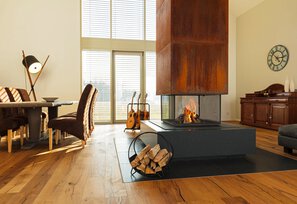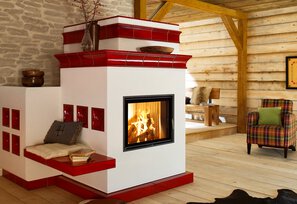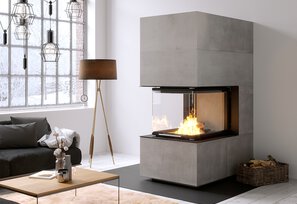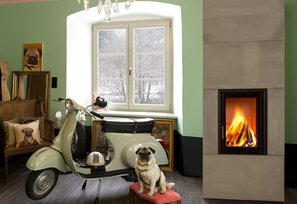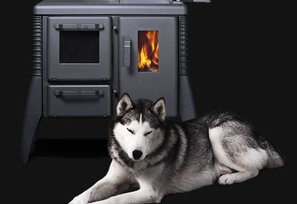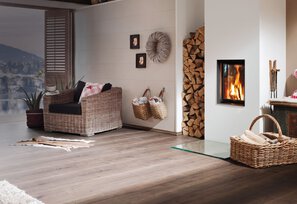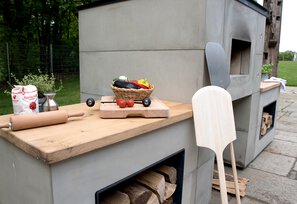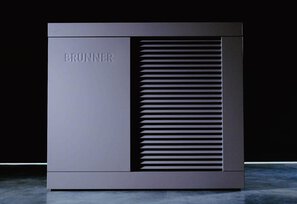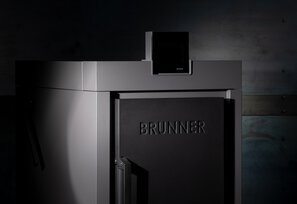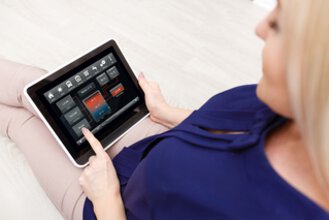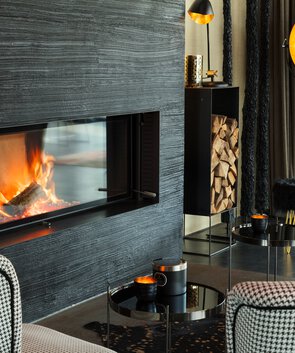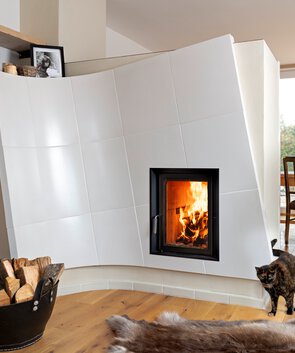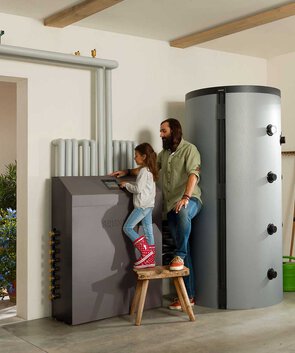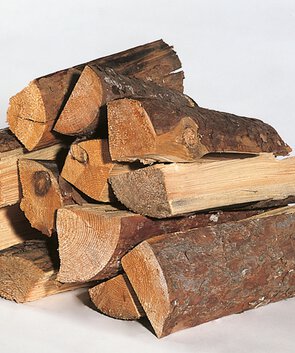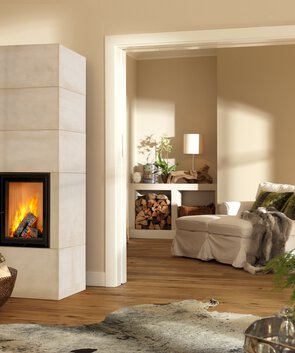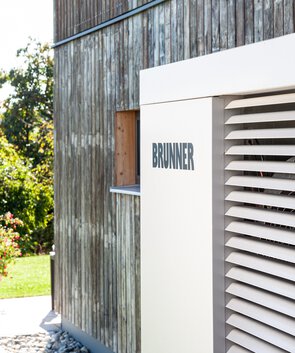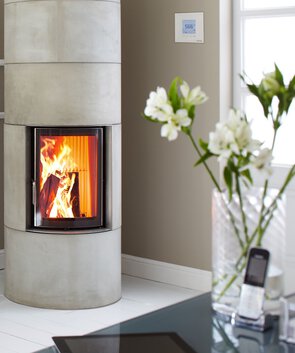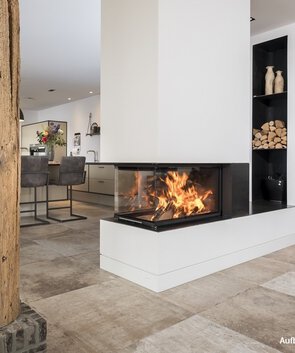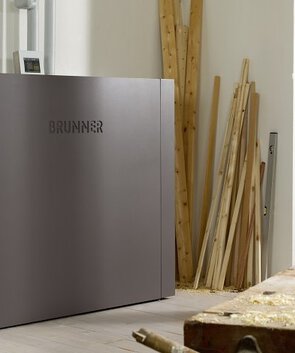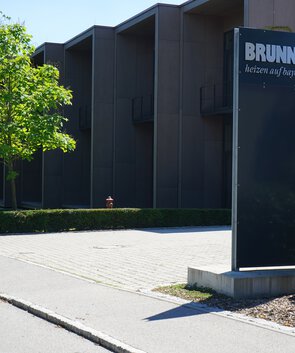Alternative heating
What are the options?
Renewable heating systems are popular, which is not least due to the current energy, gas and oil crisis. Heat pumps and solar thermal power systems are experiencing the greatest growth. But what advantages and disadvantages do they offer? Which alternative heating systems are still possible and what can a heating system without oil and gas look like?
It is not only the exploding prices for gas and oil that are making consumers increasingly look for alternative heating options, it is also a matter of growing environmental awareness. Gas or oil heating relies on fossil fuels, which are responsible for high CO2 emissions. Added to this is the heavy dependence on international suppliers. That is why the focus is on heat pumps, solar thermal energy, wood heating and pellet heating as alternatives.

What as a replacement for gas heating?
New buildings are increasingly being equipped with heat pumps , in Germany even every third one. The heat pump is so popular because - depending on the type - it uses the free energy of the environment that is in the air, earth and water. The principle is as follows: There is a coolant inside the heater. This is evaporated by the heat from the air, earth or water and compressed with the help of a compressor. The resulting heat can then be transferred to the heating system or used to produce hot water. Another advantage in favour of a heat pump is its high efficiency: on average, one kilowatt of electricity is sufficient to generate three to five times the amount of heat energy. In addition, heat pumps meet the requirements of the Energy Saving Ordinance and are uncomplicated to install.
When does a heat pump not make sense?
But there are also disadvantages. Heat pumps are more expensive to buy and depend on the price of electricity. Because it is like this: Heat pumps work most efficiently at outdoor temperatures between two and 15 degrees Celsius. If it is colder, they quickly reach their limits. Their efficiency decreases, and that at a time of year when you want a warm house. So to prevent the building from cooling down quickly, an electric heating element switches on. It supplies the missing heat energy for water and heating, but it requires a lot of electricity. And electricity is not only currently expensive.

Heat pump combination
BRUNNER offers a unique solution for this
The load peaks are reduced by coupling the heat pump to a water-bearing fireplace or tiled stove that uses wood as a fuel. It works like this: an intelligent, electronically controlled system informs the homeowner via the heat pump as soon as the efficiency drops due to low temperatures.
A display control can then be used to give the instruction to heat the water-bearing stove or fireplace or to add wood. The fireplace then feeds its heat surplus to a hydraulic tower with a lateral buffer tank. The surplus is used to heat the water for the heating system.
The heat pump is automatically relieved and the entire heating solution is perfectly matched hydraulically and in terms of control technology. A combination of photovoltaics and heat pump is also possible. In this case, the photovoltaic system generates the electricity that the heat pump needs for heating. A heat pump is not only a heating alternative to gas, but also an alternative heating to oil, just like pellet heating.

Alternative heating to oil
A pellet heating system is a good alternative to an old oil heating system for several reasons. Wood is a renewable, domestic raw material and the production of pellets requires little energy. In addition, a pellet heating system leaves the smallest CO2 footprint of all.
A pellet heating system by BRUNNER has a high efficiency, is quiet in operation, requires only minimal electricity and has the lowest standby losses. For more heating technology, it can be expanded as desired with the BRUNNER heating centre (BHZ) ,
This makes hot water preparation possible via a fresh water station, additional heating circuits, the integration of a stove or the use of surplus solar power by integrating a photovoltaic system.

Solar thermal energy
Solar energy converts the sun's energy into heat energy by means of collectors. However, because outside the sun-intensive summer months solar thermal energy alone is not sufficient to completely cover the heating needs of a house, it must be supplemented with other options. Until then, gas heating with solar energy was popular, but this alternative is no longer available because of the supply bottleneck and the high costs. However, those who couple solar thermal energy with other renewable energy sources have double the purchase and maintenance costs.
Alternative heating in old buildings
Changing a heating system in an old building is often difficult because many modern solutions do not fit the house. One should examine beforehand how well it is insulated, how much space and where in the house there is room for a new heating system, what fuel is desired in the future and how is the heat currently transferred in the house? Once these questions and circumstances have been clarified, alternative heating can also be provided in old buildings with heat pumps or pellet heating, extended by, water-bearing wood-burning stoves, solar thermal energy or photovoltaic systems.

What is the cheapest way of heating?
Rising prices for gas, oil and electricity make it difficult to find the right alternative heating. It should be efficient and sustainable and not create dependencies. If the only question is what is the cheapest way to heat, several aspects have to be taken into account: the initial costs, subsidy options, operating costs, energy prices. Example: At first glance, gas heating may seem to be one of the cheapest heating systems, but this is put into perspective by the extremely high gas prices.
Which heating system for the future?
Policymakers have created strict regulations for buildings in terms of energy use and associated emissions. These are based primarily on reduced heating requirements through appropriate insulation measures and the integration of alternative heating systems. Heat pumps are suitable for well-insulated new buildings, in combination with photovoltaic systems or a water-bearing fireplace or tiled stove. Solar thermal energy is a good complement to other heat generators such as conventional oil or gas boilers or heat pumps and can be combined to form a hybrid heating system. Pellet heating is also a heating system with a future that draws its thermal energy from the combustion of wood, a renewable raw material.


Conclusion
There are many alternatives to gas or oil. In most cases, the optimal solution for a heating alternative is a combination of various renewable components. Good advice is half the battle here. Ask your energy advisor and heating engineer.
